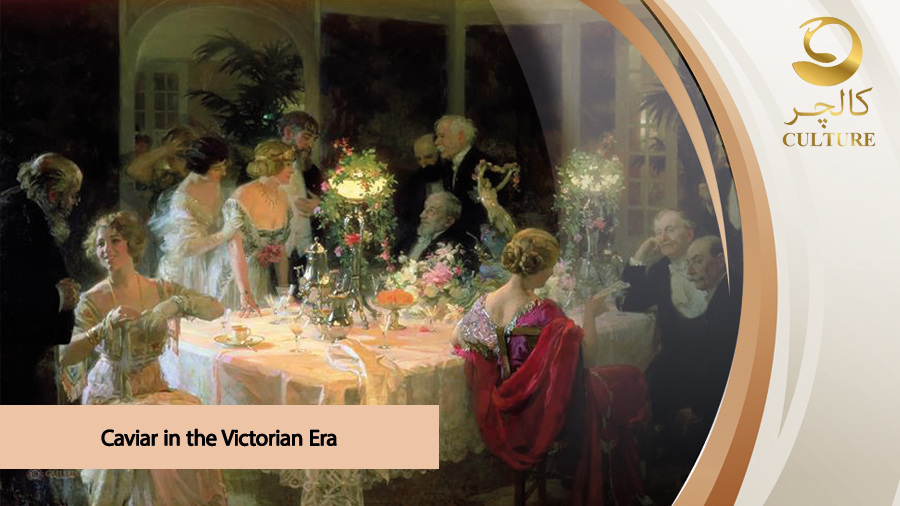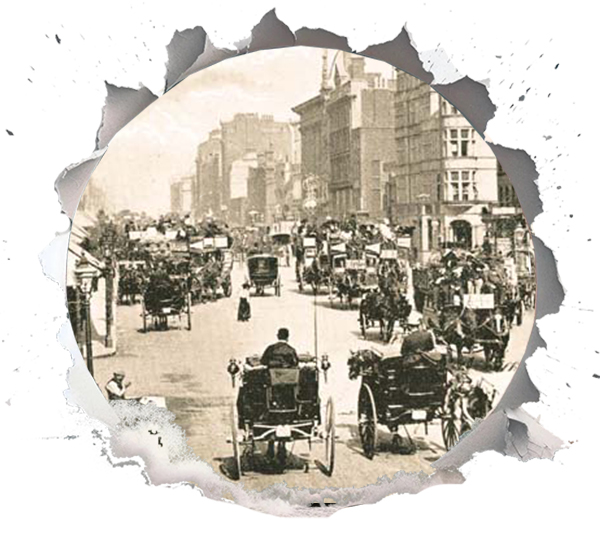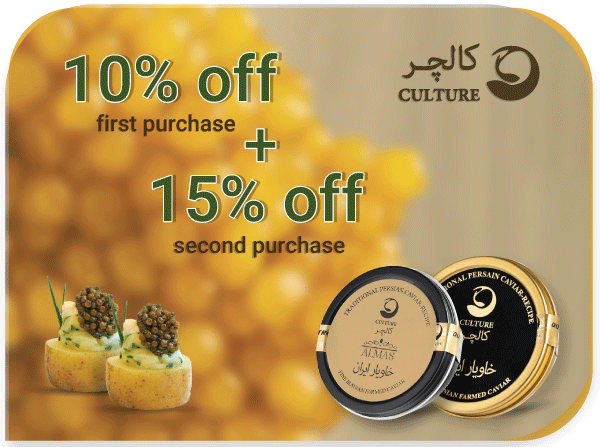Caviar in the Victorian Era: Britain’s Ultimate Symbol of Luxury

In the annals of Victorian gastronomy, few delicacies command as much reverence and fascination as caviar in the Victorian Era. During the 19th century, the British aristocracy embraced this sumptuous fish roe as the ultimate symbol of luxury, status and refined taste. From dinner parties at grand country estates to exclusive gatherings in London’s Mayfair, caviar became emblematic of an age that prized opulence and social distinction. This article delves into the historical, cultural and culinary dimensions of caviar during Queen Victoria’s reign, exploring how it permeated high society, influenced dining etiquette and cemented its place among Britain’s most coveted indulgences.
The Historical Origins of Caviar in Britain
From Russian Waters to British Shores
Although caviar’s roots stretch back centuries to the Caspian and Black Seas, it was during the mid-1800s that caviar in the Victorian Era truly captured the British imagination. Sturgeon roe—harvested predominantly from the Beluga, Osetra and Sevruga varieties—was transported via rail and steamship from Russia’s river basins to select ports in Western Europe. One may explore the wider history of caviar to understand how these ancient practices evolved into a Victorian obsession. Once it reached London’s docks, well-heeled merchants and aristocrats procured these precious tins from exclusive grocers and purveyors of foreign delicacies.
- Sturgeon Roe Importation: By the 1850s, improved transport networks meant that fresh and lightly salted sturgeon eggs could reach Britain within a fortnight of harvest.
- Customs and Regulations: Import duties remained high, reinforcing caviar’s status as a luxury commodity accessible only to the upper classes.
- Purveyors of High-end Foods: Specialist shops—such as those in Piccadilly and Mayfair—began advertising caviar alongside rare cheeses, pâtés and truffles, appealing to connoisseurs of Victorian gourmet fare.
The Victorian Appetite for Exotic Indulgences

The Victorian era witnessed a burgeoning interest in exotic and imported foods. Steam-powered ships and expanding railway lines facilitated the global exchange of ingredients—from spices in India to rare fruits from the Americas. In this context, Victorian culinary indulgence embraced caviar not merely as a taste sensation but as a token of cosmopolitan sophistication. Dining guides of the time frequently touted caviar as a means for hosts to demonstrate wealth, worldliness and impeccable taste.
Caviar and Victorian Society: Status, Symbolism and Social Rituals
An Emblem of Aristocratic Refinement
In Victorian society, display and hierarchy were paramount. The inclusion of caviar on a banquet menu signified a host’s elevated social standing and the exclusivity of the guest list. Invitations to evening soirées or luncheons would sometimes hint at “exquisite refreshments”, a discreet allusion to the presence of caviar. The mere mention of caviar in the Victorian Era conjured images of polished silverware, velvet tablecloths and elegant guests in cravats and bustles, poised to partake in an experience reserved for the elite.
- Exclusive Dinner Parties: Hosts employed specialised silver caviar servers—often crafted with integrated mother-of-pearl spoons—to underscore the delicacy’s prestige.
- Dress Codes and Rituals: Gentlemen donned evening dress, while ladies opted for lace-trimmed gowns; the ambient candlelight and bespoke menu cards enhanced the sense of ceremony.
- Social Currency: Serving caviar functioned as social capital—garnering admiration and reinforcing one’s place within tightly knit aristocratic circles.
Gender, Etiquette and the Art of Consumption
In the Victorian era, table manners were sacrosanct. The etiquette surrounding caviar consumption was meticulously codified:
- Preliminary Toasts: A host would propose a toast—often to good health or a special occasion—before any caviar was served.
- Mother-of-Pearl Spoons: Metal utensils were believed to impart an undesirable metallic taste to the delicate roe, hence hosts provided spoons fashioned from mother-of-pearl or ivory.
- Accompaniments: Thin slices of toasted brioche or blinis, accompanied by finely chopped shallots, lemon wedges and crème fraîche, allowed guests to customise each morsel.
- Portion Control: Each guest was allotted a measured serving (often one teaspoonful) to preserve both the novelty of the experience and the exclusivity of the item.
It was considered unseemly to handle caviar with bare fingers; instead, guests delicately scooped the glistening eggs and savoured them with a graceful nod and quiet appreciation.
Culinary Innovations and Pairings
Evolution of Victorian Luxury Gastronomy
While traditional Russian service methods influenced early presentations, British chefs soon devised their own interpretations. Renowned culinary figures—such as Alexis Soyer and Mrs Beeton—published recipes that wove caviar into savoury tarts, vol-au-vents and soufflés. Such innovations underscored Victorian cuisine’s cosmopolitan ethos and reflected a desire to push the boundaries of haute gastronomie.
- Caviar Canapés: Small pastry cases filled with whipped butter or crème fraîche, topped with a quenelle of caviar—ideal for canapé celebrations.
- Savoy Hotel Influence: As London’s premier hotel opened in 1889, its kitchens elevated caviar service, pairing it with vintage champagnes and other luxury seafood like lobster and oysters.
- Afternoon Tea Adaptations: In some fashionable circles, caviar was even incorporated into savoury finger sandwiches—often combined with thinly sliced cucumber and herb-infused butter.
Wine and Sparkling Pairings
Sophisticated Victorians recognised that the right beverage could accentuate caviar’s briny nuances:
- Champagne: Often Champagne from the famed houses of Reims or Épernay accompanied caviar service, the effervescence cutting through the creamy texture of the roe.
- Dry White Wines: Chablis or Sancerre were also favoured, their minerality complementing the delicate sea-salty notes.
- Vintage Ports: For those adhering strictly to British tradition, a fine tawny port provided a robust counterpoint, particularly when caviar formed part of a larger seafood selection.
Economic and Environmental Impact

The Rise and Fall of Sturgeon Stocks
The burgeoning demand for caviar in Victorian Britain placed considerable strain on sturgeon populations. By the late 19th century, conservation was scarcely a priority; instead, economic incentives drove overfishing in the Caspian Sea. British importers—focused on maintaining supply—overlooked the long-term depletion of this keystone species.
- Export Statistics: Between 1850 and 1880, Russian caviar exports to Western Europe nearly doubled, with Britain accounting for a substantial share.
- Price Inflation: As sturgeon became scarcer, the price of caviar soared; by the 1890s, caviar was almost as costly as precious metal by weight.
- Early Conservation Awareness: Some naturalists began sounding alarms about decimated sturgeon stocks, but concrete protection measures would not emerge until the early 20th century.
The Commoditisation of Luxury
Despite escalating costs, caviar remained inextricably linked to luxury branding. Retailers printed lavish catalogues, complete with engraved illustrations, showcasing sturgeon varieties, grades of roe and recommended serving suggestions. This marketing savvy heightened consumer desire, reinforcing caviar’s aura as an unattainable indulgence for all but the wealthiest.
Cultural Legacy and Modern Resonance
From Victorian Extravagance to Contemporary Appreciation
The fascination with caviar in the Victorian Era endures in today’s gastronomic culture. Modern caviar houses—many tracing their lineage back to 19th-century purveyors—still evoke that Old World charm, offering handcrafted tins of Beluga and Osetra. British food historians often cite Victorian recipes in reinterpretations that honour tradition while acknowledging sustainability concerns. For readers wishing to explore ways to purchase caviar in Europe, contemporary retailers provide both farmed and wild-caught options, complete with ethical certifications.
- Heritage-inspired Menus: Upscale restaurants in London and beyond occasionally feature “Victorian caviar service” evenings, complete with period-correct accompaniments and dress codes.
- Sustainable Aquaculture: In response to historic overfishing, demand has shifted towards farmed sturgeon, meeting contemporary ethical and environmental standards.
- Cultural Exhibitions: Museums and galleries occasionally host culinary retrospectives, displaying original caviar tins, silverware and dining paraphernalia from Victorian households.
Lessons for Modern Luxury Branding
Caviar’s Victorian prominence offers valuable insights for today’s marketers:
- Scarcity and Exclusivity: Heritage brands underscore their long lineages to justify premium pricing and maintain aura.
- Storytelling: Narratives around origin, craft and tradition resonate deeply with discerning consumers—much like Victorian-era tales of Russian riverboats and aristocratic soirées.
- Ethical Transparency: Where 19th-century suppliers overlooked environmental fallout, modern brands highlight traceability and sustainable aquaculture to align with contemporary values.
Conclusion
The story of caviar in the Victorian Era is one of opulence, refined taste and the interplay between social aspiration and culinary artistry. For Britain’s high society, this delicacy embodied the very essence of luxury—its arrival from distant Russian waterways signifying both wealth and worldliness. While the period’s indulgent consumption contributed to ecological challenges, it also bequeathed a rich cultural legacy. Today, as caviar graces modern tables—whether in Mayfair dining rooms or upscale hotel lounges—its Victorian heritage remains ever-present, a testament to an era that relished luxury as an unequivocal marker of status and sophistication.

